
Octopuses
Octopuses
Although classified as invertebrates, the octopus shares interesting cognitive characteristics with vertebrate species.
Learning Objective: Describe octopus characteristics including sensory organs, perception, and cognitive abilities.
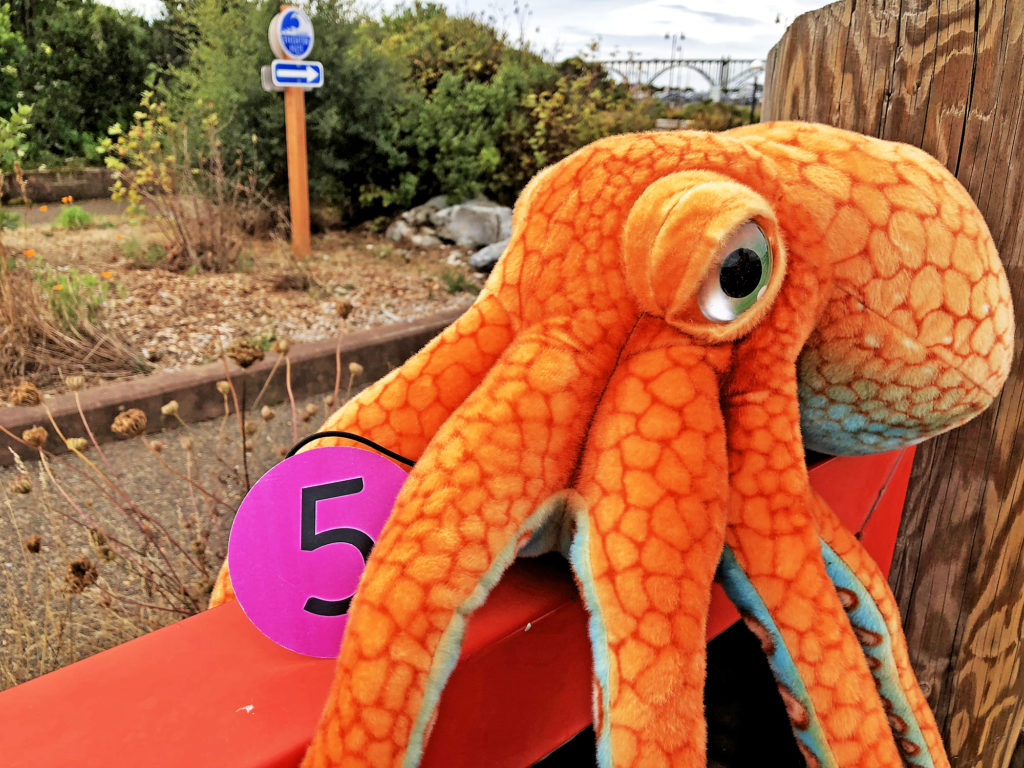
There are approximately 300 species of octopuses, all with eight limbs and soft bodies that can fit into small spaces.
An octopus is an invertebrate, taxonomically classified as a mollusk. This is the same phylum that includes clams, snails, and slugs.
Cognition has been challenging to study in octopuses: they are difficult to track in nature, easily escape captivity, and communicate in dramatically different ways than humans, including changing their body colors.
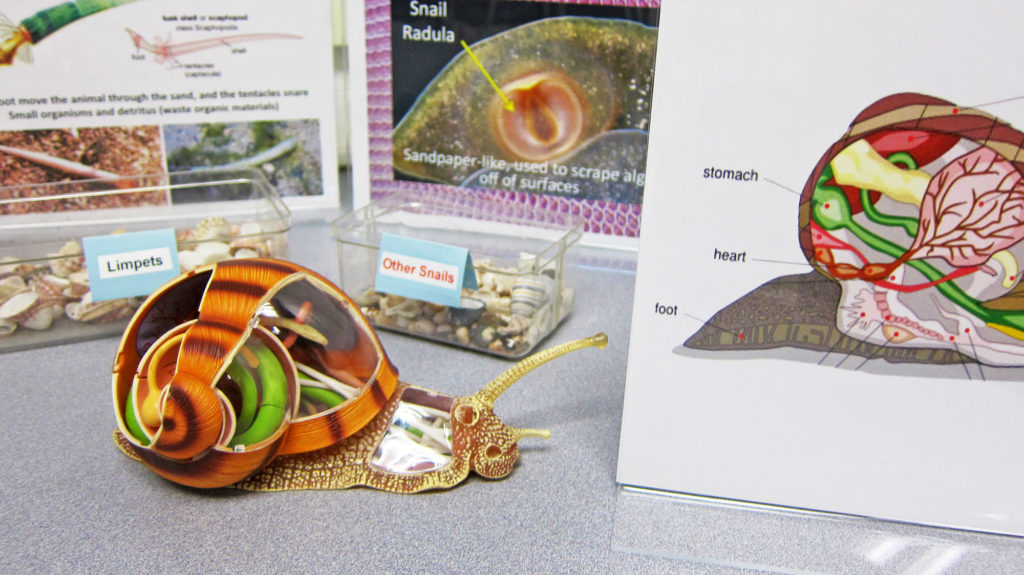
Watch this video; you can select the closed captioning “cc” option if you would like to see the text.
Octopus Brain
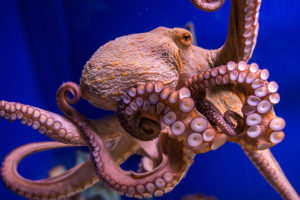
Large Size
Octopuses have the largest brain to body mass ratio of any invertebrate.
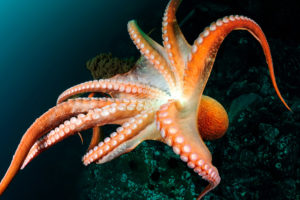
"Smart" Arms
About 2/3 of the octopuses neurons are located in their arms, and these nervous cells can control arm movements without brain involvement.
Octopus Senses
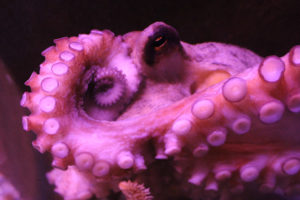
Color Vision
Octopuses have excellent color vision with unique, and not fully understood, properties.
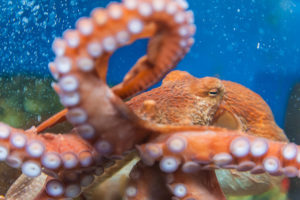
Touch & Taste
The “suction cups” on the arms don’t just touch, they also have chemoreceptors for taste.
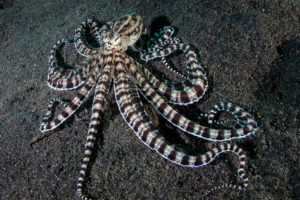
Body Position
Specialized organs called statocysts provide information on body position and enable intricate movements.
Perception and Intelligence

Spatial Intelligence
Octopuses can recognize and distinguish between different shapes and patterns.

Memory
Octopuses have both short-term and long-term memory, which is critical for learning.

Many mysteries remain about octopus behaviors. For example, parents do not appear to teach their offspring, but they have a capacity for learning often seen in more social species with high degrees of parental care. Also, even species with short life spans seem to have strong memory formation. Octopuses have many unique structures and behaviors that make them an interesting evolutionary puzzle to study.
Octopuses give an indication that there is a great deal more to learn about animal brains and their cognitive abilities.











